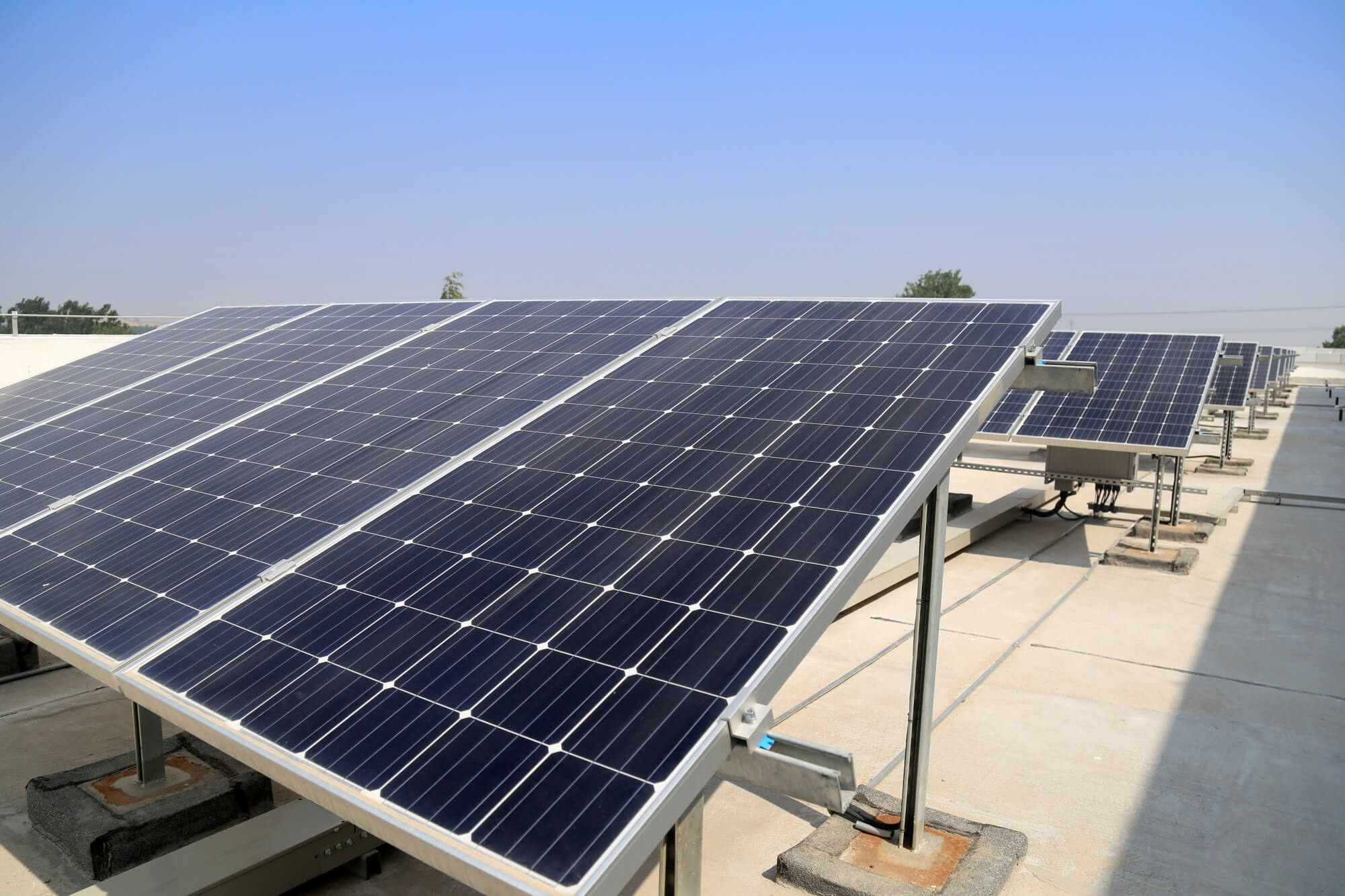
Are you thinking of going solar but confused about the different solar panel options out there? You’re not alone. Whether you’re setting up a residential rooftop system or planning a large-scale solar plant, understanding the different types of solar modules can help you make an informed and confident choice.
In this guide, we’ll break down the different solar module types in a simple and friendly way, so you know exactly what you’re investing in.
Why Solar Modules Matter
Solar modules (or solar panels) are the heart of your solar power system. They’re responsible for converting sunlight into electricity. The type of solar module you choose affects:
- Efficiency
- Cost
- Space requirements
- Durability
- Overall performance
Main Types of Solar Modules
There are three primary types of solar modules, each with its pros and cons.
1. Monocrystalline Solar Module Type (Mono-SI)
Made of: Pure silicon crystals
Appearance: Sleek black or dark blue with rounded edges
Efficiency: 20-22% (highest among all types)
Lifespan: 25 to 40 years
✅ Pros:
- High efficiency even in low sunlight
- Space-saving due to higher power output per square meter
- Longer lifespan
- Premium aesthetics
❌ Cons:
- Higher cost due to energy-intensive manufacturing
This product is ideal for homeowners with limited roof space and those looking for top-tier performance.
💡 Bonus Tech: Many monocrystalline panels come with PERC (Passivated Emitter and Rear Cell) technology, which reflects unabsorbed sunlight back into the cell, increasing efficiency.
2. Polycrystalline Solar Panels (Poly-SI)
Made of: Melted silicon fragments
Appearance: Bluish tint with square edges
Efficiency: 15-17%
Lifespan: 20 to 35 years
✅ Pros:
- More affordable than monocrystalline panels
- Lower silicon waste during manufacturing
❌ Cons:
- Lower efficiency, especially in high temperatures
- Requires more space for the same power output
This product is ideal for large rooftops and budget-conscious customers.
3. Thin-Film Solar Panels
Made of: Materials like Cadmium Telluride (CdTe), Amorphous Silicon (a-Si), or Copper Indium Gallium Selenide (CIGS)
Appearance: Sleek and uniform, often black or dark blue
Efficiency: 7% to 18%
Lifespan: 10 to 20 years
✅ Pros:
- Lightweight and flexible
- Lower installation costs
- Great for commercial buildings and curved surfaces
❌ Cons:
- Lower efficiency compared to crystalline panels
- Larger surface area needed
- Shorter lifespan
This product is ideal for commercial and industrial rooftops, RVs, and areas where weight is a concern.
Bonus: Emerging & Specialized Solar Technologies
4. PERC Panels (Passivated Emitter and Rear Cell)
- This is a variant of monocrystalline panels, offering higher efficiency by capturing more light.
5. Bifacial Panels
- These panels generate power from both sides, using light reflected off the ground.
6. Transparent Solar Panels & Solar Tiles
- These modern solar technologies are designed for aesthetic appeal in urban architecture.
7. Perovskite Solar Cells
- This is a future technology with high potential due to its low cost and flexibility, though it is not yet commercially viable.
How to Choose the Right Solar Module Type
Ask Yourself:
- How much space do I have?
- What is my budget?
- Am I aiming for aesthetics or maximum output?
- Do I need flexibility in installation?
Quick Comparison Table
| Panel Type | Efficiency | Lifespan | Cost | Space Needed | Ideal For |
|---|---|---|---|---|---|
| Monocrystalline | High (20-22%) | 25-40 yrs | High | Low | Homes with limited roof area |
| Polycrystalline | Medium (15-17%) | 25-35 yrs | Medium | Medium | Large roofs, budget buyers |
| Thin-Film | Low-Medium (7-18%) | 10-20 yrs | Low | High | Commercial/Portable use |
Final Thoughts
At Delta Power, we understand that every solar journey is unique. Whether you’re looking for premium monocrystalline panels for high performance or cost-effective polycrystalline panels for a large installation, our team will help you pick what’s best for your needs.
Read our latest blog: solar companies chandigarh
Ready to go solar? Let’s make the sun work for you!
📞 Contact us today at www.deltapower.in to schedule a consultation with our solar experts.
